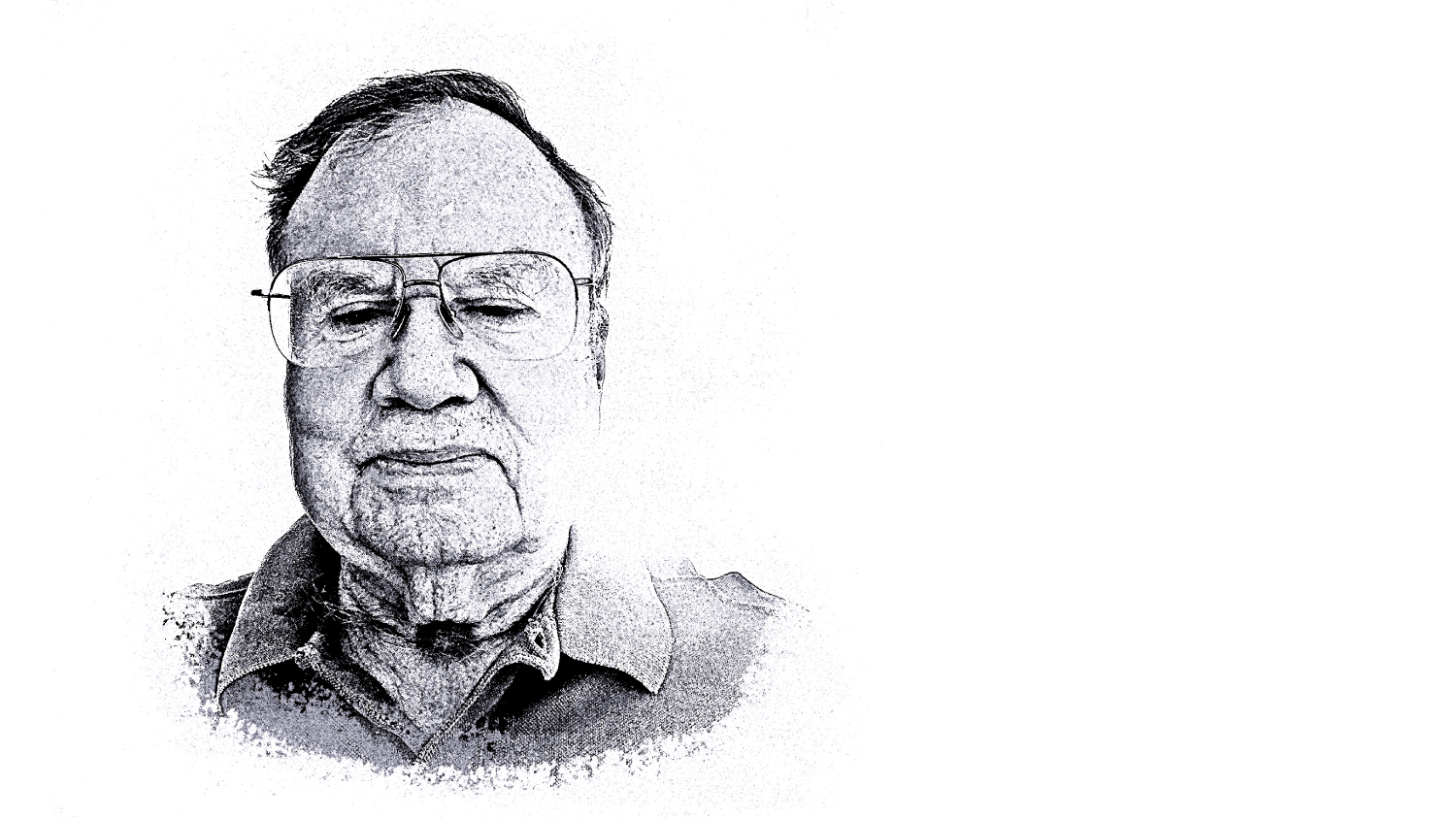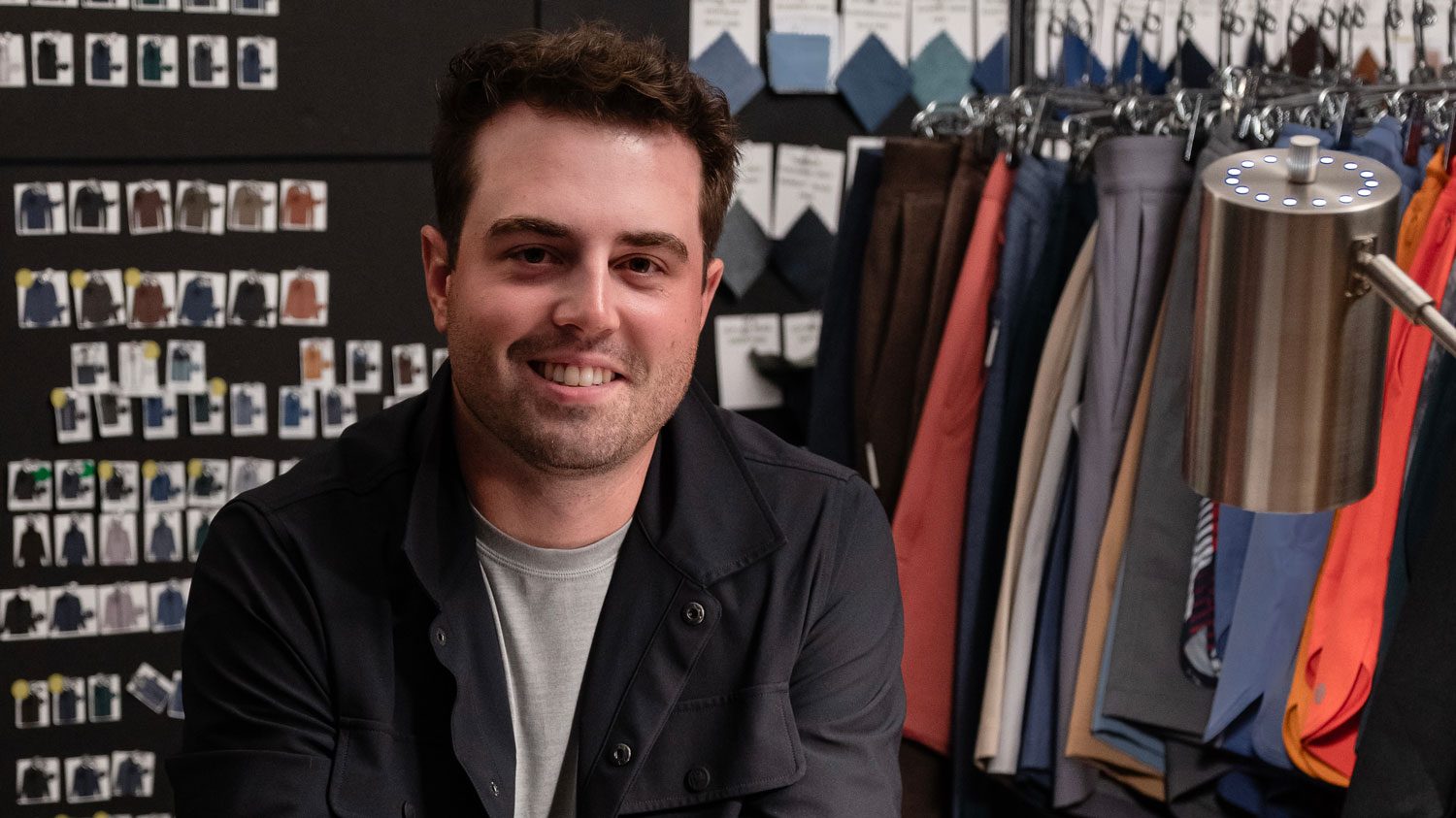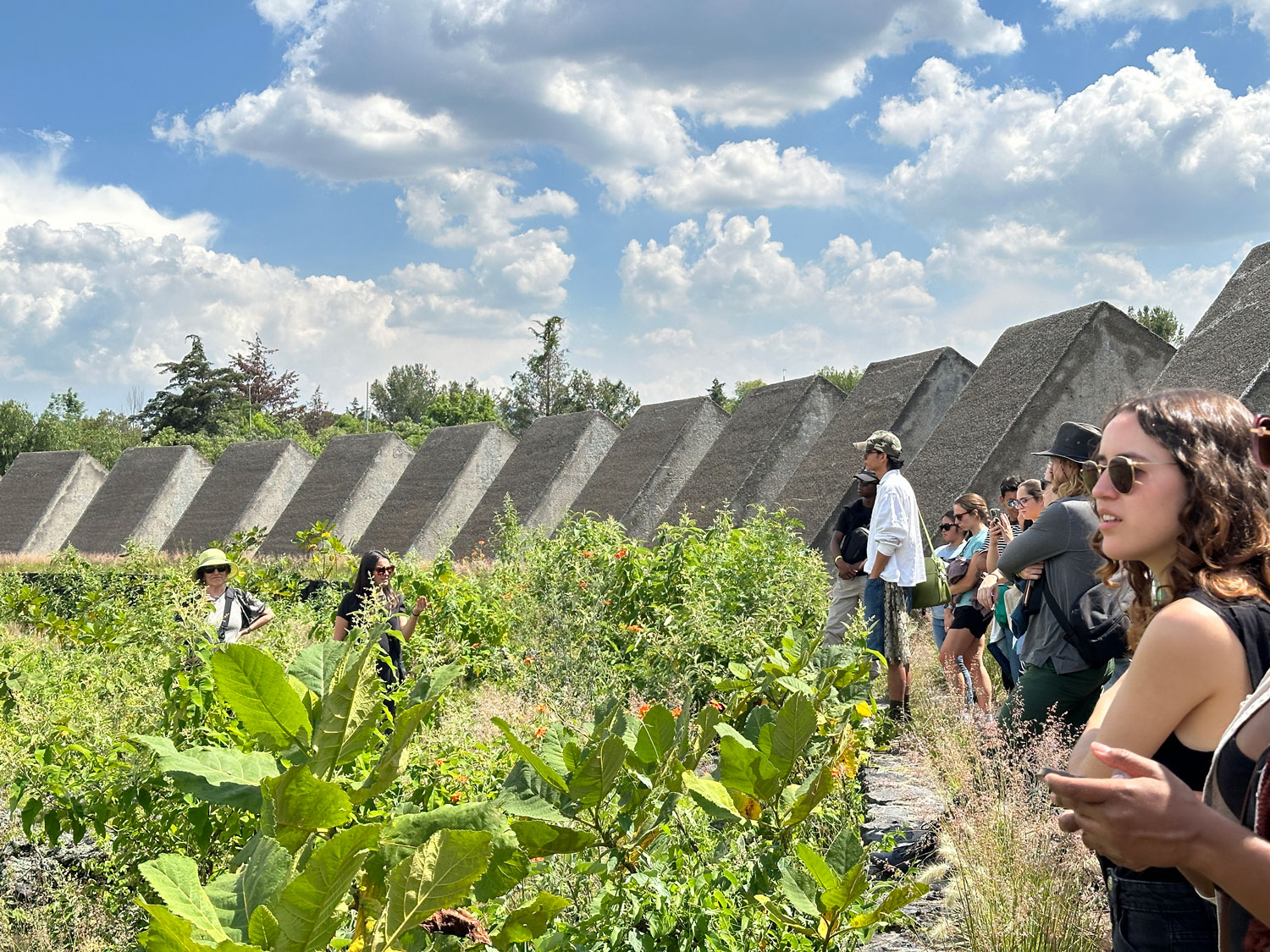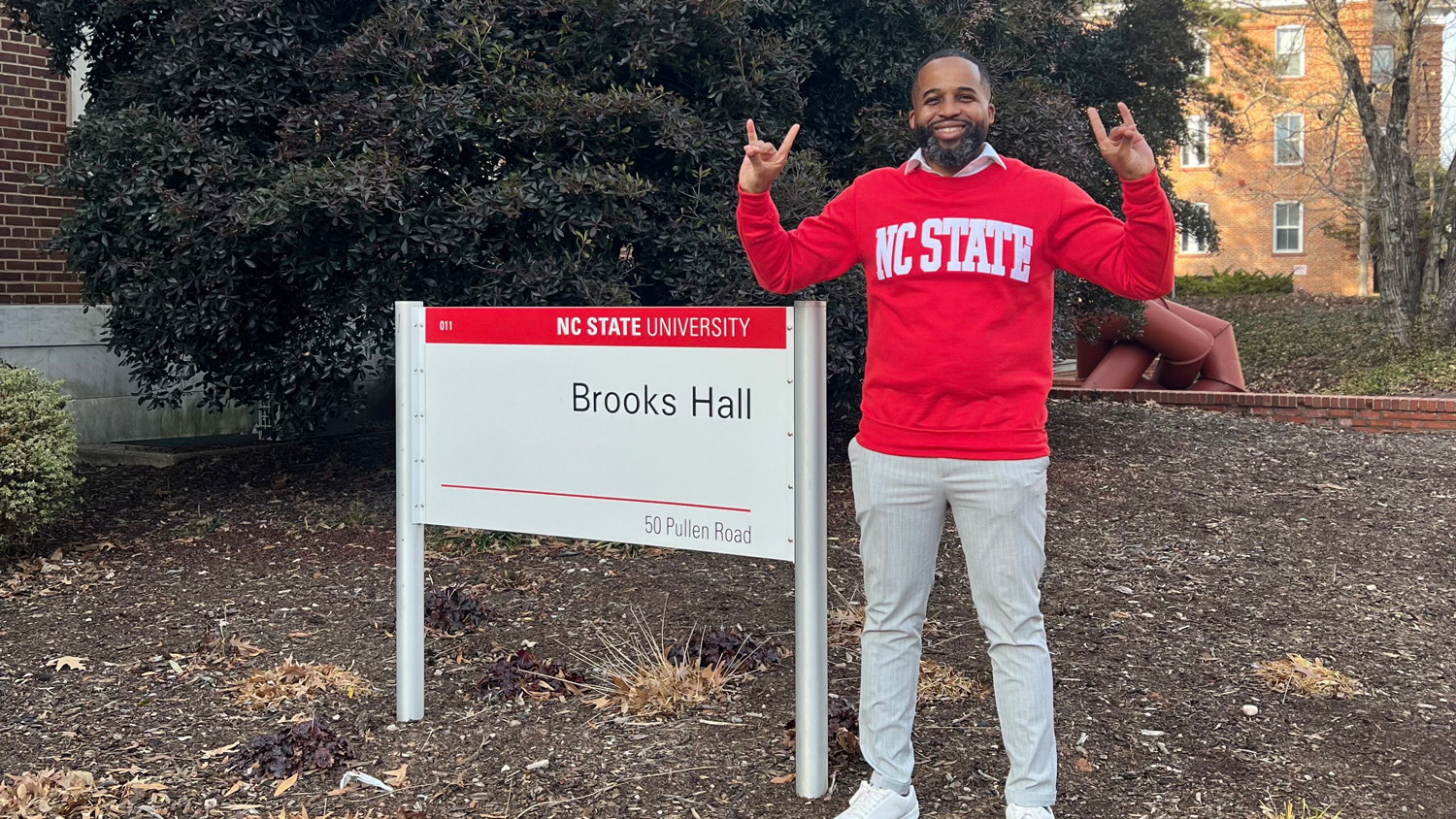Doug Bennett attended the College of Design during an “explosive period” in our nation’s history, starting in 1965 and graduating with a Bachelor of Architecture in 1970.
Throughout his time in the school, he was able to serve as the business manager on the Student Publication, and that was his first foray into philanthropy. After graduating, he served in the U.S. Navy, and started a lifetime of giving. Bennett likened his continuous giving to a habit. He started giving, initially, modest donations to the College of Design and kept up with annual donations ever since.
Bennett truly feels that higher education is important and targets all his giving for NC State to go to the College of Design, specifically the School of Architecture. “I’m sure someone who graduated in landscape architecture can give to their department,” he chuckles. “You give to what you know and feel comfortable with.”
While Bennett emphasizes the importance of giving to higher education, he keeps his support at the discretionary level. State funding only provides part of what is needed, and private contributions can provide high impact to the students for needs that vary from year to year.

After years of annual giving, Bennett has set up a legacy gift for the College of Design. “You know, there’s ‘100% taxation’ when you pass that final stage in life,” he jokes. Bennett feels that it is important to make provisions for the things that have had a significant impact on your life. He likens the process to heaving a volleyball over the net for the next generation: “you may not be sure what they will do with it in 5, 10 or even 15 years, but you have to hope that they will use it wisely take similar steps to provide for future generations.”
Bennett encourages others to think about the difference between where they were in high school and where they are today. “What you paid for your education only covers a fraction of the total cost,” he adds. Little amounts of ‘giving’ add up over time, and can make a big impact.
He describes his time in the school the way many others do, saying that faculty were available almost 24/7 and students lived and breathed in the school and the studios, separated from the activity occurring at the rest of NC State.
“One of the most important lessons I’ve learned from the school was the ability to think creatively about a problem, any problem,” he says. Design education helps with creative problem solving, and that makes a big difference in developing a solution.
- Categories:



